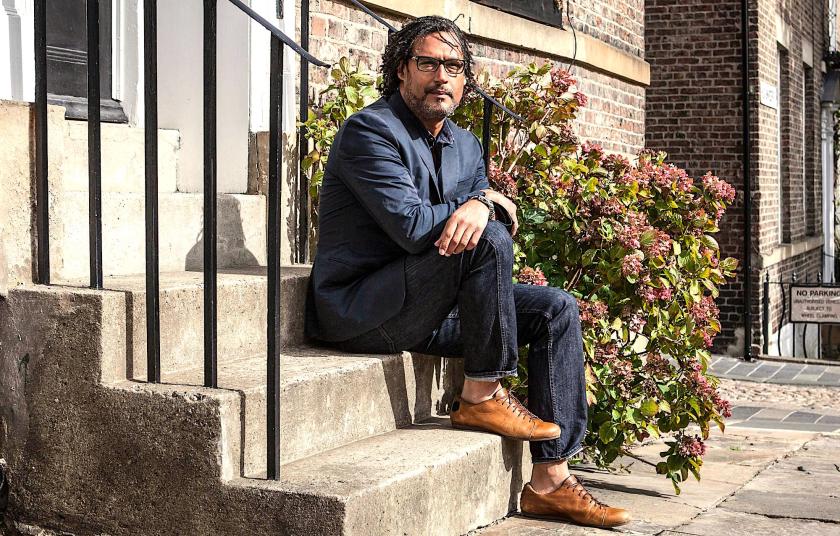Setting his third series of A House Through Time in Bristol (BBC One) was a stroke of inspired prescience for historian and presenter David Olusoga. His chosen house, Number 10 Guinea Street, had been built in 1718 by the slave-trafficking Captain Edmund Saunders, at a time when Bristol was becoming one of the leading slaving ports in Britain.
The recent furore over the statue of the city’s most notorious slaver, Edward Colston, which was hurled into the river Avon by Black Lives Matter protesters, was a lurid reminder of how the legacy of slavery continues to burn a hole through time. Current events have also boosted the prof’s profile as a top media talking head on race and racism.
But while the grim backdrop of human trafficking provided dramatic stories for his opening episode, that was just ancient history by the time we reached this final instalment. It parachuted us into Guinea Street in the 1930s, when Number 10 was owned by the Wallington family and the Second World War was hurtling down the track towards them. As a major port, Bristol inevitably became a prime target for the Luftwaffe, and in November 1940 a 50kg bomb hit Guinea Street. Among the injured was Isaac Long, who with his wife Mary later became a lodger with the Wallingtons at Number 10.
 Yet while earlier episodes felt as if they had plenty of material to play with, this finale felt slightly starved of content. After detailing the deaths of the Longs within a few months of each in the early Fifties (the grief-stricken Mary apparently killed herself after her husband’s death), Olusoga spent ages digging into the chequered past of a tenant named Cyril Tabrett, a man of mystery who had several birth-dates and an assortment of professions. He even claimed to be Belgian. It turned out, though, that he was just a petty thief and forger, and Olusoga’s efforts to turn his story into a portentous paradigm of poverty and woe fell flat. Likewise, the death of Norris, the last of the Warringtons at Number 10, was a somewhat anticlimactic tale of a fatal gas leak.
Yet while earlier episodes felt as if they had plenty of material to play with, this finale felt slightly starved of content. After detailing the deaths of the Longs within a few months of each in the early Fifties (the grief-stricken Mary apparently killed herself after her husband’s death), Olusoga spent ages digging into the chequered past of a tenant named Cyril Tabrett, a man of mystery who had several birth-dates and an assortment of professions. He even claimed to be Belgian. It turned out, though, that he was just a petty thief and forger, and Olusoga’s efforts to turn his story into a portentous paradigm of poverty and woe fell flat. Likewise, the death of Norris, the last of the Warringtons at Number 10, was a somewhat anticlimactic tale of a fatal gas leak.
Olusoga closed with the house’s current owners, the middle-aged couple David and Karen. Their kindly gesture of giving a home to an Ethiopian refugee prompted a rather too-glib pay-off, about the house built by slavery becoming a safe haven for new arrivals. Even for the skilful Olusoga, it can be a fine line between history and melodrama.















Add comment